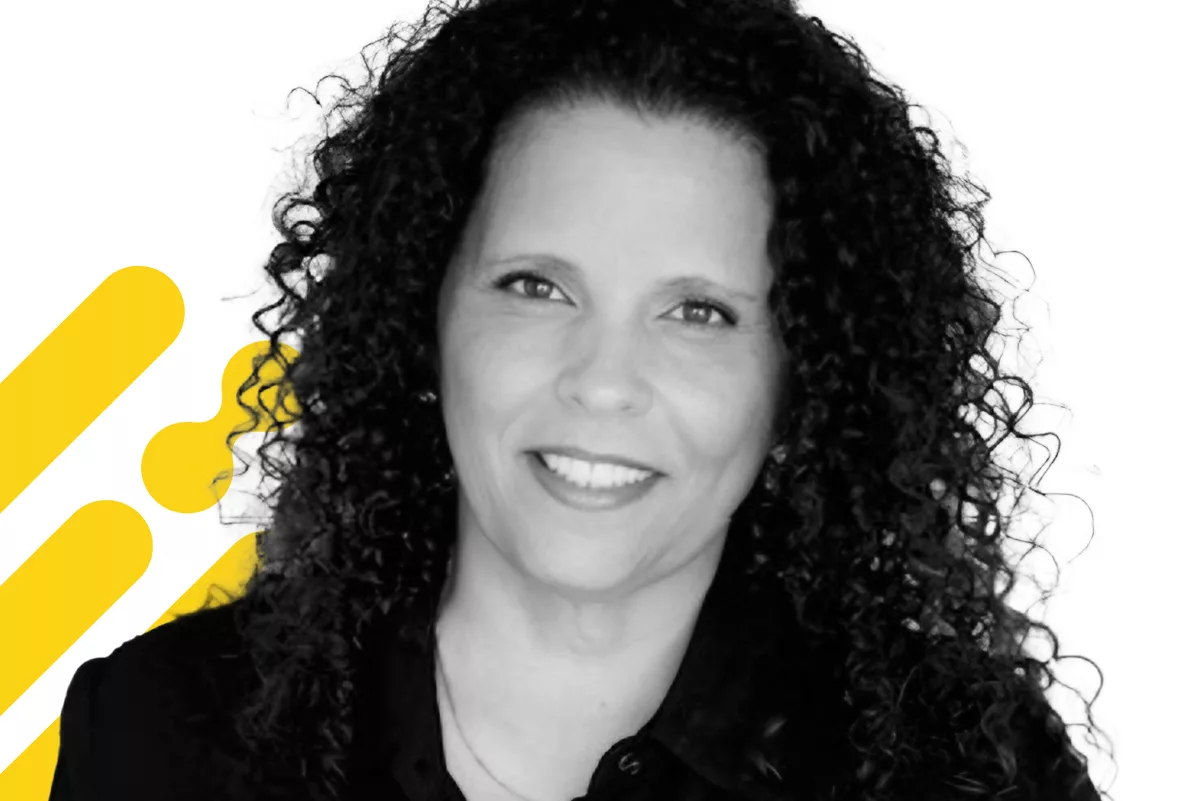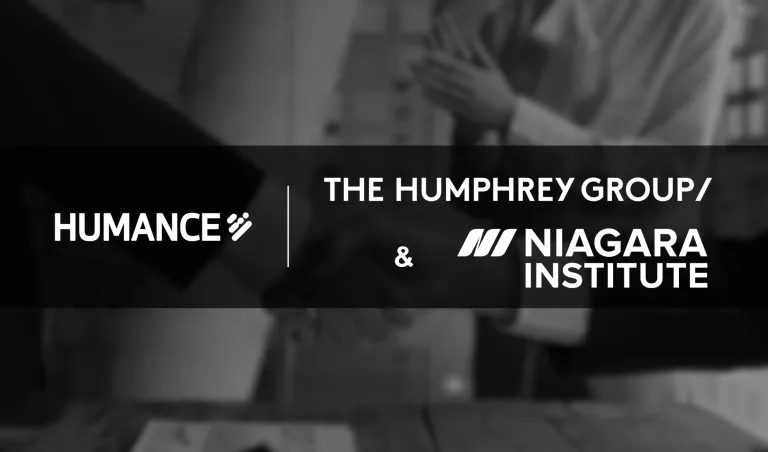Organizational culture isn’t fragile like glass—it’s flexible like life itself. It breathes. It adapts. It stretches. It transforms.
It absorbs whatever its members tolerate or avoid. It grows through repetition, but fractures under the weight of inconsistency.
In turbulent times, it picks up everything: the silence of leaders, the undercurrents, the unspoken tensions. It adjusts to decisions—and the lack thereof.
The more instability sets in, the more culture becomes permeable to our reflexes, our contradictions, and our choices (or lack of conscious or unconscious choices).
Culture can sometimes slow change but it can also accelerate it
It’s when culture is well aligned with our ambitions that it can shift from being a burden to a powerful driver of transformation.
Three levers make all the difference:
- Clear, visible, assumed behaviours—that people know, see, and own.
- Tangible coherence between what’s valued and what’s reinforced.
- Active consistency, at every level of the system.
When these levers are in place, culture fuels momentum. It becomes a platform—not a minefield.
What really drives engagement: alignment
It’s not the pace of change that exhausts teams. It’s the ambiguity. The disconnects. The mixed signals.
Culture can evolve quickly—but not when behaviours contradict the message, not when decisions betray the intent.
The true catalyst for transformation isn’t a culture charter. It’s alignment. When everything points in the same direction, the system reorganizes itself—fast.
Culture and transformation aren’t sequential—they’re inseparable
Too often, we deal with culture after the fact:
- after the strategic plan
- after the digital shift
- after the HR or operational redesign
That’s a mistake. Culture isn’t a backdrop. It’s the organization’s nervous system. It amplifies or blocks. It fuels or sabotages.
Already have a strong culture? Don’t contort it to fit a new direction. Work with it. Integrate it. Use it as a launchpad.
Without a firm grip on culture, strategy drifts
Any strategy that ignores implicit rules, invisible power dynamics, and real behavioural norms will breed confusion and disengagement—even if it looks brilliant on paper.
Because culture isn’t shaped by PowerPoints. It’s shaped by decisions, practices, rituals—and the gaps we’re willing to let slide.
You don’t transform an organization in silos
Structure and culture. Organizational design and behaviour. Strategic vision and sense of belonging. You can’t treat them as parallel tracks. They’re one and the same system—a single, living fabric.
And in that fabric, every thread matters—or weakens the whole.



